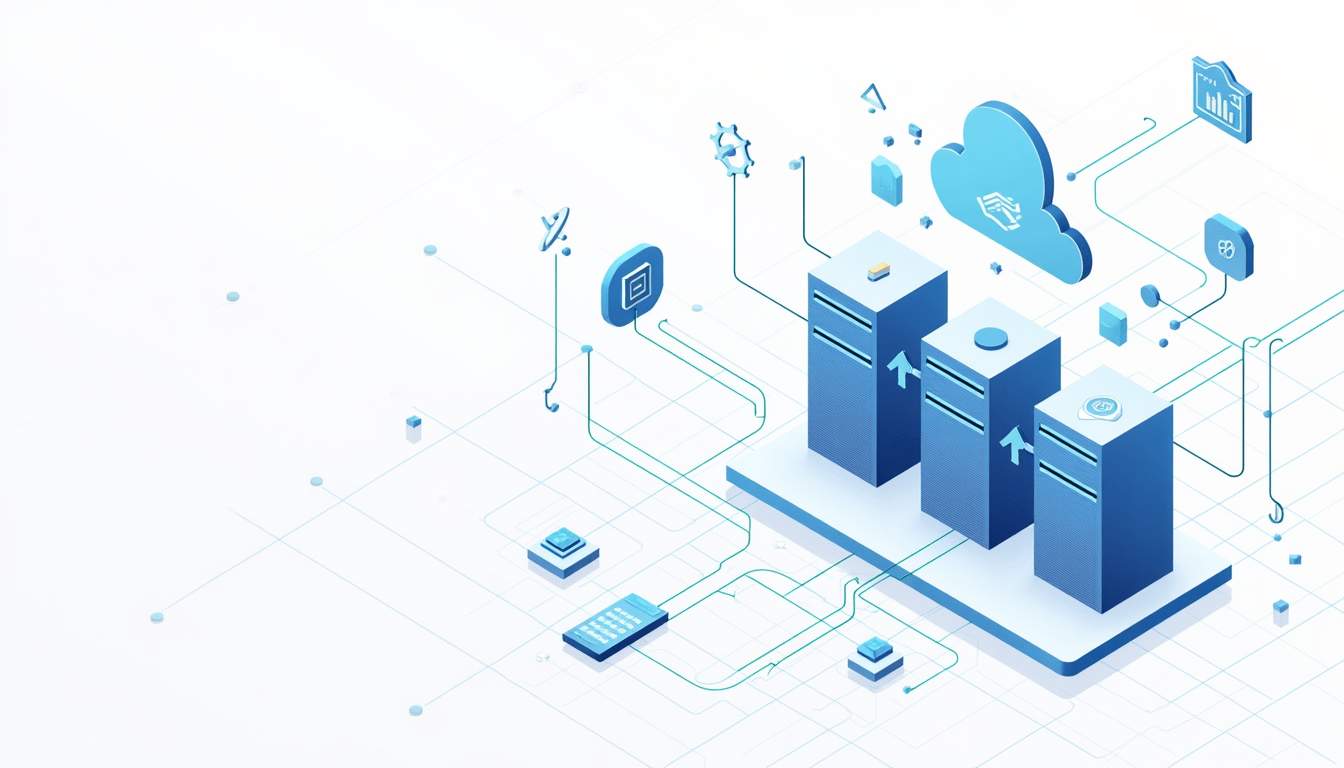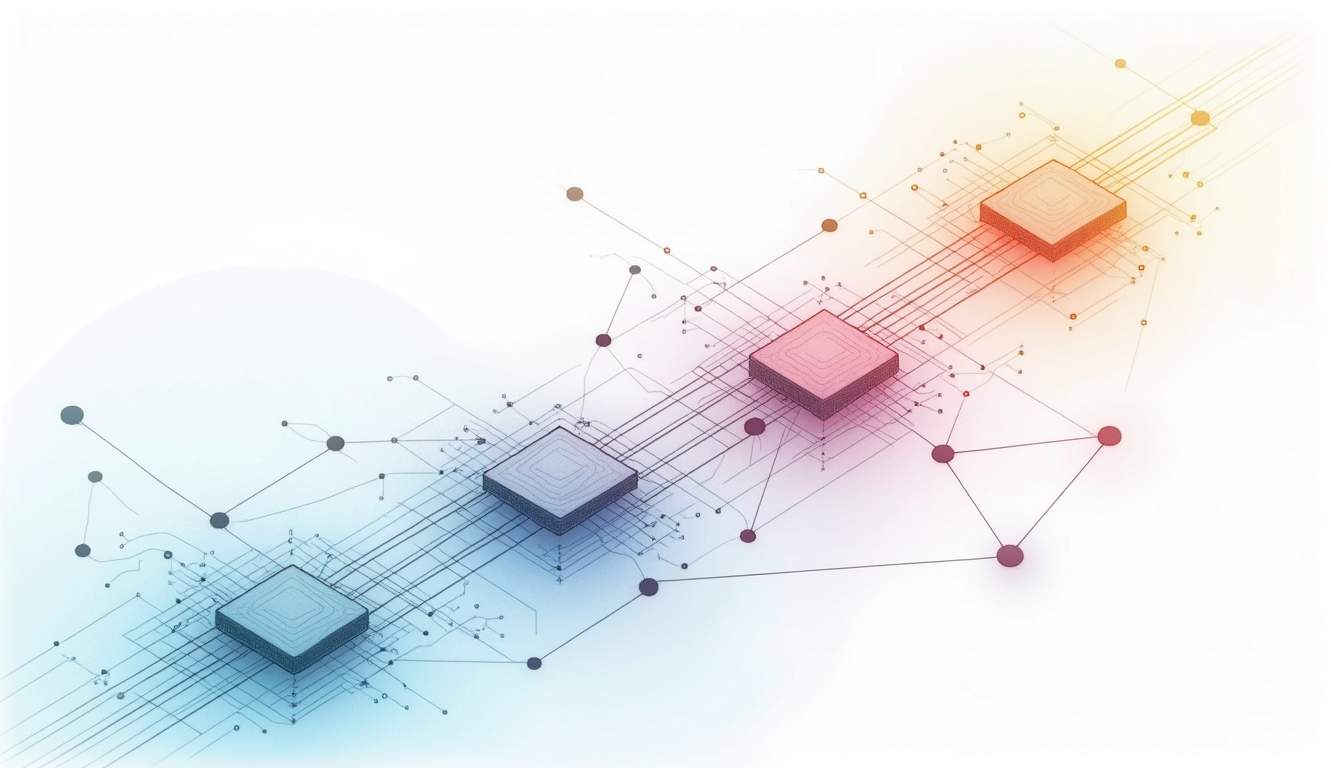How AI Detects RPC Failures Before They Happen
Remote Procedure Call (RPC) endpoints are the backbone of blockchain applications, enabling decentralized apps (dApps) and Web3 platforms to communicate with blockchain nodes efficiently. However, RPC failures and outages can cause significant disruptions, leading to downtime, lost transactions, and degraded user experiences. As blockchain infrastructure grows more complex, traditional monitoring methods struggle to predict and prevent these failures proactively.
Artificial Intelligence (AI) is transforming how RPC reliability is managed by detecting potential failures before they occur. This article explores how AI-driven techniques enhance RPC auto-routing, failover mechanisms, and multi-provider strategies to reduce downtime and optimize blockchain app performance.
Understanding RPC Failures and Their Impact on Web3
RPC failures occur when blockchain nodes or providers become unresponsive, slow, or return errors during API calls. These failures can stem from network congestion, server overload, software bugs, or infrastructure outages. The consequences are severe for Web3 projects, where real-time blockchain interactions are critical.
Downtime in RPC endpoints can lead to transaction delays, failed smart contract executions, and poor user engagement. According to industry analyses, even minutes of RPC outage can cost blockchain projects thousands of dollars in lost revenue and user trust. This makes reliable RPC infrastructure a top priority for developers and operators.
The Challenge of Traditional RPC Monitoring
Conventional monitoring tools rely on reactive alerts triggered after failures occur. While useful for identifying issues, these methods do not provide foresight into impending problems. By the time an alert is raised, users may already experience degraded service or outages.
Furthermore, blockchain RPC traffic is highly variable and distributed across multiple providers and regions. This complexity makes it difficult to pinpoint root causes or predict failures using static thresholds or simple heuristics. As a result, developers often find themselves in a reactive mode, scrambling to address issues that could have been anticipated with more sophisticated monitoring solutions.
To combat these challenges, many projects are exploring advanced monitoring techniques that leverage machine learning and predictive analytics. By analyzing historical data patterns, these tools can identify anomalies and potential bottlenecks before they escalate into full-blown failures. This proactive approach not only enhances the reliability of RPC services but also fosters a more resilient ecosystem, where developers can focus on innovation rather than constantly firefighting issues. As Web3 continues to evolve, the integration of such intelligent monitoring solutions will be crucial in maintaining seamless user experiences and ensuring the sustainability of decentralized applications.
AI-Powered Predictive Analytics for RPC Reliability
Artificial Intelligence introduces a proactive dimension to RPC monitoring by analyzing vast amounts of telemetry data to identify subtle patterns and anomalies that precede failures. Machine learning models can be trained on historical RPC performance metrics, such as latency, error rates, and throughput, to forecast potential outages.
For example, AI algorithms can detect gradual increases in response times or error frequency that may indicate an impending node overload or network bottleneck. By recognizing these early warning signs, AI systems enable automated failover or load balancing decisions before users are impacted.
Key AI Techniques Used in RPC Failure Detection
- Anomaly Detection: Machine learning models continuously monitor RPC metrics to spot deviations from normal behavior, flagging unusual spikes in latency or error rates.
- Predictive Modeling: Time-series forecasting techniques predict future RPC performance trends based on historical data, allowing preemptive routing adjustments.
- Root Cause Analysis: AI-driven correlation analysis helps identify underlying causes of anomalies by linking related events across multi-provider and multi-region setups.
These techniques collectively improve the accuracy and speed of failure detection, reducing false positives and enabling more intelligent infrastructure management.
Enhancing RPC Auto-Routing with AI
RPC auto-routing is a strategy that dynamically directs API requests to the most reliable and performant RPC providers. AI plays a central role in optimizing this process by continuously evaluating provider health and routing traffic accordingly.
Unlike static routing configurations, AI-powered auto-routing adapts in real time to fluctuating network conditions, provider outages, and latency variations. This ensures that blockchain apps maintain high availability and responsiveness even during partial infrastructure failures.
Benefits of AI-Driven RPC Auto-Routing
1. Improved Reliability: By predicting failures before they happen, AI enables seamless failover to healthy providers, minimizing downtime.
2. Optimized Latency: AI can route requests to the fastest regional endpoints, reducing transaction confirmation times and enhancing user experience.
3. Cost Efficiency: Intelligent routing balances load across providers, avoiding overuse of expensive endpoints and reducing overall RPC costs by up to 40%, as observed in recent case studies.
4. Scalability: AI orchestration supports scaling to millions of API calls by distributing traffic intelligently across multiple providers and regions.
Multi-Provider and Multi-Cloud Strategies Amplified by AI
Relying on a single RPC provider introduces significant risks, including vendor lock-in and single points of failure. Multi-provider RPC routing, combined with multi-cloud infrastructure, is emerging as the future standard for blockchain reliability.
AI enhances these strategies by managing complex routing decisions across diverse providers and cloud platforms. For instance, Google’s Multi-Cloud Proxy (MCP) technology integrates with AI-driven routing to orchestrate API calls across multiple cloud environments, improving redundancy and reducing latency.
How AI Supports Multi-Cloud RPC Routing
AI systems analyze real-time performance data from each cloud region and RPC provider, dynamically shifting traffic to optimize speed and reliability. This multi-region routing reduces latency by directing requests to geographically closer endpoints and mitigates risks associated with regional outages.
Moreover, AI enables cost-aware routing by factoring in provider pricing models and usage limits, ensuring blockchain applications remain within budget without compromising performance.
Case Study: Preventing RPC Downtime with AI at Scale
Consider a decentralized finance (DeFi) platform that processes thousands of transactions per minute. Prior to implementing AI-driven RPC monitoring, the platform experienced frequent outages due to sudden spikes in RPC errors during network congestion.
By integrating AI-powered anomaly detection and predictive routing, the platform was able to identify early signs of RPC degradation. The system automatically rerouted traffic to alternative providers and cloud regions before errors impacted users.
The results were significant: RPC downtime was reduced by over 90%, transaction latency improved by 25%, and operational costs decreased due to more efficient provider usage. This example highlights the tangible benefits of AI in maintaining blockchain infrastructure resilience.
Future Directions: AI and the Evolution of Blockchain Infrastructure
As blockchain ecosystems continue to expand, the complexity of RPC infrastructure will grow accordingly. AI’s role will become even more critical in managing this complexity, enabling seamless integration of new providers, scaling APIs, and optimizing multi-cloud environments.
Emerging trends such as API orchestration, where AI coordinates multiple API endpoints to deliver unified services, will further enhance Web3 application reliability and scalability. The transition from traditional RPC setups to AI-powered multi-provider, multi-cloud solutions represents a paradigm shift in blockchain infrastructure management.
Conclusion
RPC failures pose a significant challenge to the reliability and user experience of blockchain applications. Traditional monitoring methods are insufficient to predict and prevent these failures proactively. AI introduces powerful predictive analytics and intelligent routing capabilities that detect potential RPC issues before they impact users.
By leveraging AI-driven auto-routing, multi-provider strategies, and multi-cloud orchestration, Web3 developers can build resilient, scalable, and cost-effective blockchain applications. As the industry evolves, AI will remain at the forefront of ensuring RPC infrastructure meets the demands of tomorrow’s decentralized world.
Ready to enhance your blockchain application's reliability and user experience? With Uniblock, you can tap into the power of AI-driven RPC auto-routing and eliminate the complexities of Web3 infrastructure management. Join over 2,000 developers across 100+ chains who are already enjoying maximized uptime, reduced latency, and significant cost savings. Start building with Uniblock today and scale your dApps, tooling, or analytics with confidence, free from vendor lock-in and the manual hassle of decentralized infrastructure.
.svg)






